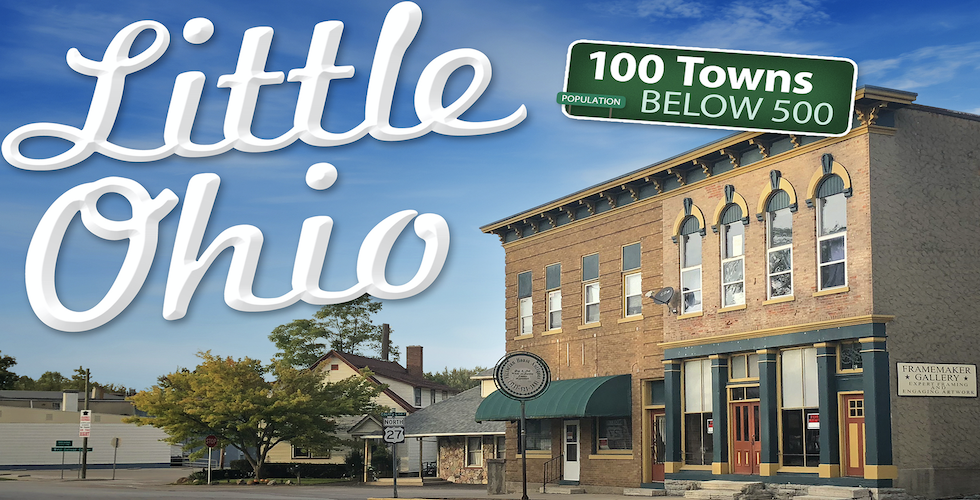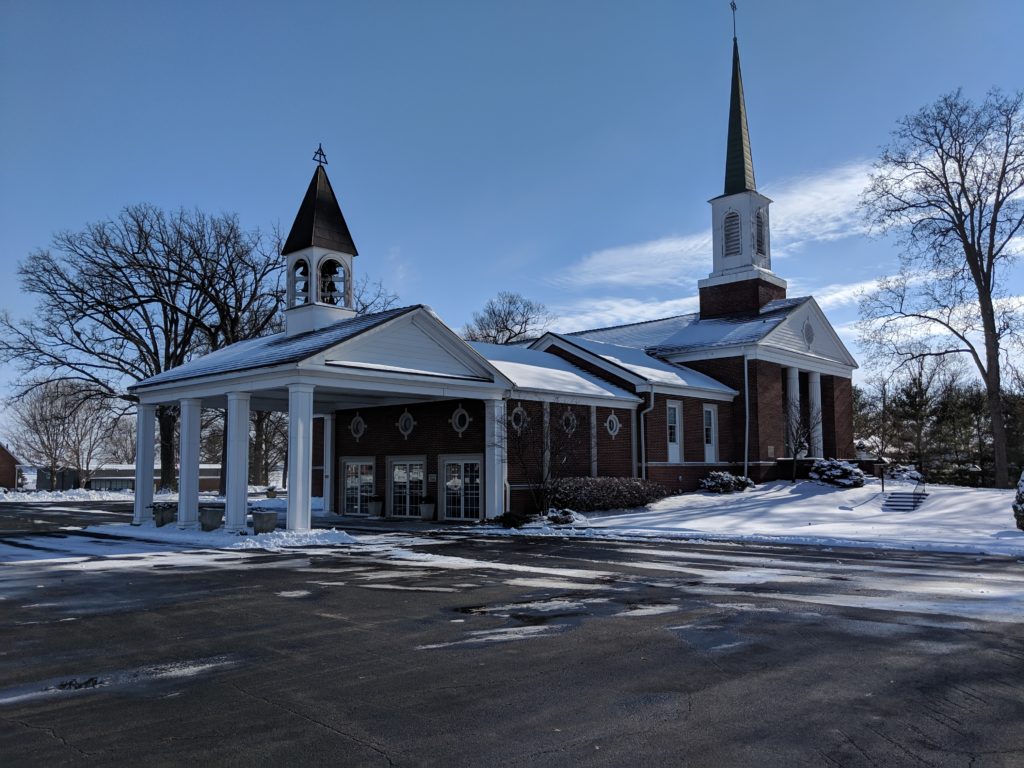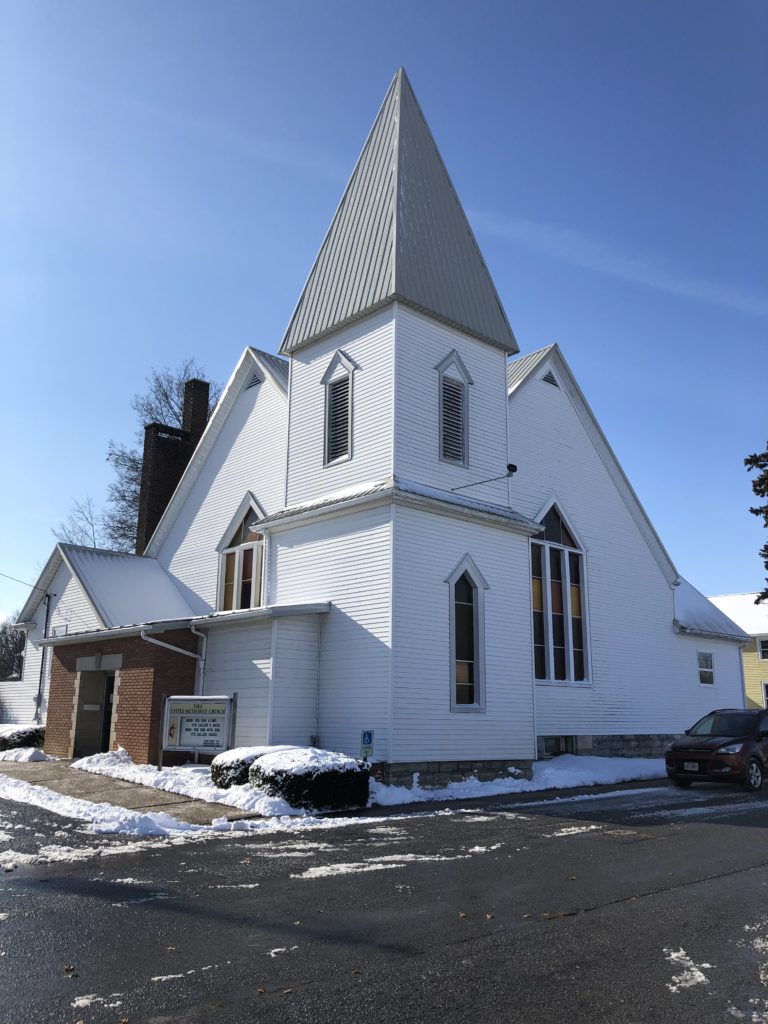
Celeryville, There’s Something About the Land
Henry Johnson Brings a New Community to Huron County
The Willard area of Huron County, Ohio, has always been known for its swamp-like conditions. It is marked by a dark, wet soil known as black peat or, more simply, “muck.” In the mid-1890s, a local man named Henry Johnson realized that this soil, a plentiful resource in what was then known as Willard Marsh, was perfect for growing celery and similar vegetables. Johnson didn’t have the expertise to maintain Willard Marsh, but he was pretty certain he knew who might.

Celery requires consistently damp conditions as it grows or it yields the wrong taste and consistency when harvested. The muck of the Willard Marsh could provide suitable conditions, as long as it could be drained during the autumn wet season.
As 1895 came to an end, Henry Johnson headed north to Kalamazoo, Michigan, where a Dutch community had formed. The Dutch were well known for their expertise in drainage and flood control systems. Many farmers in the Netherlands used these drainage systems to maintain successful peat farms, similar to the ones Johnson hoped would grow in the Willard Marsh. Johnson offered a group of Dutch immigrants in Kalamazoo a plot of land in Willard Marsh if they could bring their knowledge to
the region.

As winter drew to a close in early 1896, about 36 Dutch families left Kalamazoo and traveled to their new home in Huron County. They arrived on March 4, 1896, and got to work improving the land. Once the drainage systems were in place, the families split up the land so each had their own farm. With so many celery farms popping up, the area became known as the village of Celeryville.

Celeryville’s farms continued to see success for the second generation of Dutch farmers. In 1934, the village contained 37 families and 27 farms. As the twentieth century progressed, farms consolidated, and today three remain: Buurma Farms, Wiers Farms, and Holthouse Farms.

Celeryville’s Farming Families (Population 210)
These farms are owned and operated by the descendants of original Dutch migrants to the area. Each farm has expanded in recent years by purchasing area farms as well as new land outside Celeryville—and even outside Ohio. It is very likely that most Ohioans have purchased produce grown on one of these farms at some point in their lives.
Buurma Farms originated with Frans Buurma, a Dutch immigrant who was working as a laborer on a celery farm in Kalamazoo, Michigan, when Henry Johnson arrived in 1896. Buurma decided to follow Johnson to Huron County so that he could try his hand at running a farm. In 1896, Buurma Farms was founded on a small 4-acre plot of land in the future village of Celeryville.

In 1891, Henry and Kathryn Wiers left their home in Groningen, Netherlands, and resettled in Kalamazoo. The descendants of Henry and Kathryn Wiers have continued to grow their farm, much like the Buurma family. Each new Wiers generation has a choice to pursue a career away from the family business, but as Ben Wiers told a reporter in 1988, “…there’s something about the land. If I went somewhere else, I’d feel like I was missing something.”
Holthouse Farms had a bit of a slower start, but it is just as successful in Celeryville today. In 1870, Jan Holthuis was born in the Netherlands, and in 1889, he arrived in Kalamazoo. Together with his sons, Rudy and Jacob, Jan set up a celery farm in Celeryville in 1903. It was Jacob and Rudy who really grew Holthouse Farms, as Jan moved to Tiffin not long after its founding.
Migrant Workers in Celeryville
As the farms in Celeryville grew during the twentieth century, they began to require a larger labor force. The farms subsequently began to hire migrant farm workers. The migrant workers have become a regular part of the fabric of the Celeryville community. During the winter months, their homes sit empty, but each spring, a largely Hispanic migrant workforce arrives to sow the fields of Celeryville, not leaving until each vegetable has been harvested in the fall. As Ben Wiers told The New York Times, “Without the Hispanic labor force, we wouldn’t be able to grow crops.”
However, Celeryville, and the nearby Willard, have not been immune to growing national tensions concerning immigration. About 7 in 10 field workers in the United States are undocumented. Previously, the wages that farm work provided made working in the muck an attractive prospect. However, as the national discourse around immigration has grown increasingly vitriolic, many migrant workers fear coming to the United States. Celeryville’s farms have suffered as a result. Locals are not interested in doing this laborious work, so fields have been left unharvested, and profits are at risk. In 2016, Celeryville’s farmers left millions of dollars of produce sitting in their fields. As Ken Holthouse told the Times, “We pray and hope the workers come.”
Celeryville made national news in 2017, when the Willard Area Chamber of Commerce attempted to throw a welcome-back party for migrant workers. As soon as a local paper published an article about the event, as Ricky Branaham, the chamber’s executive director said, “It took on a life of its own. It got political.” So many residents disapproved of the welcome-back party that it was canceled, largely out a fear of protestors.
A few of the migrant workers who come to Celeryville each spring have found a permanent home in the village. One such worker is Romeo Perez. Perez, originally from Mexico, first arrived in Celeryville in 2004. By the time The New York Times arrived to profile Celeryville in 2017, Perez was living in the village year-round and running his own business: Romeo’s Bakery. The bakery’s most popular product? Pan dulce, a traditional Mexican sweet bread.
For more amazing stories, check out Little Ohio: A Nostalgic Look at the Buckeye State’s Smallest Towns by Karen Robertson. If you enjoyed this post, sign up for our newsletter now!


